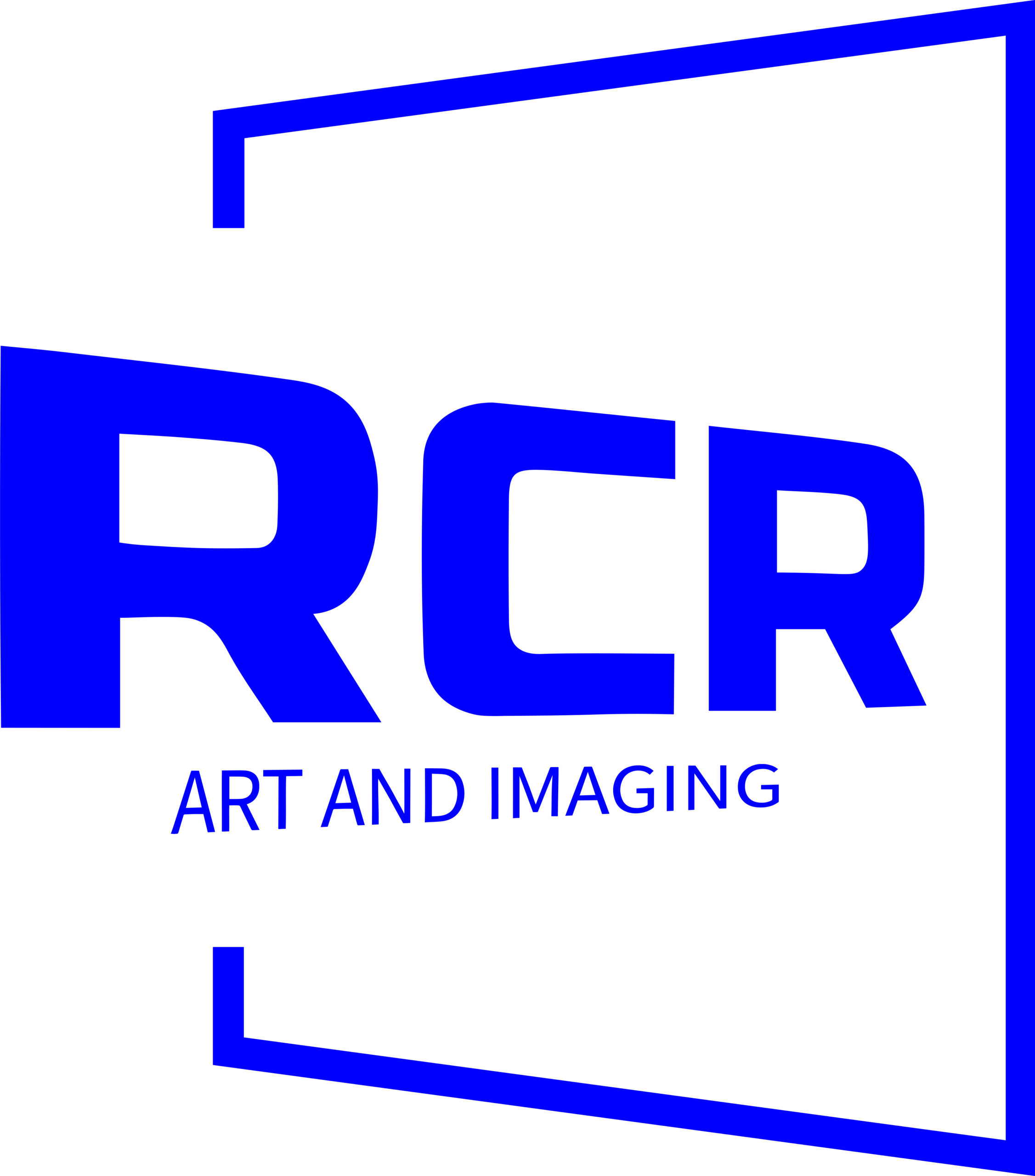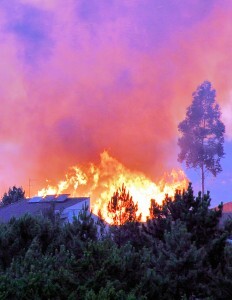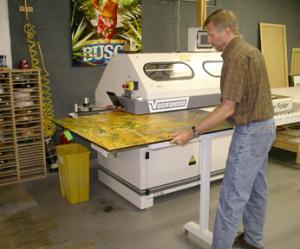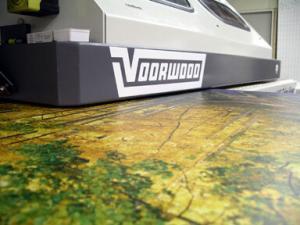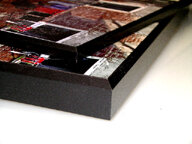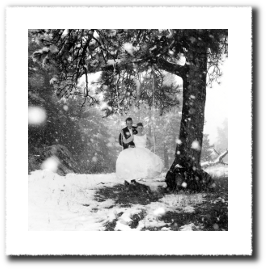 Are your images a ticking time-bomb?
Are your images a ticking time-bomb?
There has been a lot of chatter between the photo labs and digital imaging professionals the past few years. We all fully expect many digital photographers including pros, amateurs and even the family archivist who we affectionately call Digital Debbies, to completely loose a whole generation of images. Gone, Adiós, Sayonara, Bub bye! Why you ask? If not you should be. It used to be fairly simple to store and archive your film images whether you used archival pages, slide boxes or just printed them. Some people went as far as to store them off site or in fire proof safes and for the most important of images, you could have duplicates made. Either way, you could actually see them whenever you wanted. It’s easy to reproduce film, always will be. Now in the digital age we can shoot like crazy onto huge memory cards because it’s inexpensive, practically free in fact. Well, now what do you do with all of these shots? I hear of people who burn them off to CD/DVD’s, store them on external hard drives or even just use the memory cards as a storage device. Heck, many people of a certain age group don’t store or keep their photos at all, they just shoot for instant gratification and move on, but that’s another story we’ll investigate later. With the cost of storage so inexpensive all of these are viable solutions except for one detail. None of these are anywhere near as secure as film storage for several reasons. First, CD/DVD disks can and do fail, even the finest ‘gold’ disks. Hard drives fail all the time and with the mammoth size of current models you could be putting thousands of images at risk and all on one device. Now let’s assume for the moment that your CD/DVD or HD does not fail. So far so good. Imagine 10, 20 or even 50 years into the future. What’s the chance you or whoever has possession of your images will have access to a device to read any of these disks. I can promise you that CD/DVD readers will not be around that long and very possibly they will have no way to connect that external HD to a computer because USB is long gone. Will new cameras or card readers still be compatible with SD, CF and other current memory cards? There is a good chance all these images, possibly 100’s of thousands will not be accessible.
OK so maybe now you realize that you will become that Grandpa or Grandma with zillions of images in your attic and your relatives will climb up there to discover this treasure trove of personal and family history and possibly even your professional career’s cache of photos. Now what? Can’t see em, can’t read the disks, can’t reminisce over all the beautiful photos you took over your digital lifetime. Bummer, now there dumpster fodder! Maybe someone will take the time, effort and expense to find a guy who can recover these images, maybe not. So what’s a digital photographer to do? Well, you could keep copying all your images from device to device to keep them stored on current technology. Can you even imagine how exponentially labor intensive this will get, even in just a few years! No way!! No one is going to go through all that hassle. Option 2, store everything with a cloud based operation or with one of the off site storage companies that currently offer this service for a monthly fee. Some even have redundant storage for extra security. Not a bad idea, sounds easy anyway except for the horror stories we have heard when one of these guys goes out of business and with a flick of the switch your photos are gone. Yes, many people have been able to retrieve their images but your still back in the same boat as before.
We also are told many people actually use facebook, flickr and the like to store/archive all their images. How long do you really expect them to be around? They may be here for some time but free storage of all your photographs for life is not something anyone should count on. How many people realize that facebook automatically downsizes your files when uploaded? Forget any large files let alone Raw, PSD, etc. Any designer out there working in Illustrator, Quark, Corel, or CS whatever also needs to pay attention. All of your work both personal and professional is at risk. So what’s the solution? I am interested in hearing what anyone else thinks and what they are currently doing.
Next post look for part 2 of Digital Image Archiving: The Lost Generation
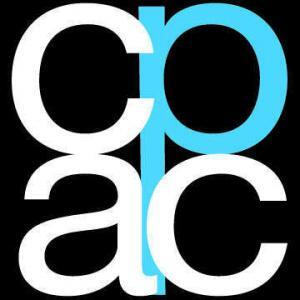 CPAC has an exhibit opening in October called ‘Picture me Here’. We are printing 50 or so 10×15″ prints for them to display. All shot by local kids 15-20 y/o that are immigrants. This is part of a 20 year program committed to by several local charities to help document and train immigrant youth in the Denver Area.
CPAC has an exhibit opening in October called ‘Picture me Here’. We are printing 50 or so 10×15″ prints for them to display. All shot by local kids 15-20 y/o that are immigrants. This is part of a 20 year program committed to by several local charities to help document and train immigrant youth in the Denver Area.